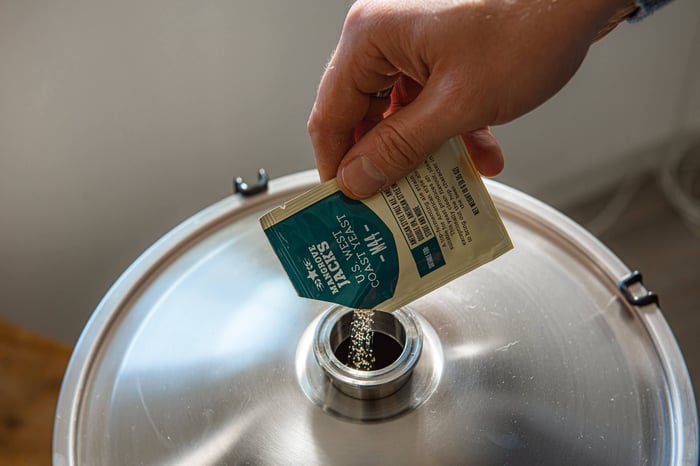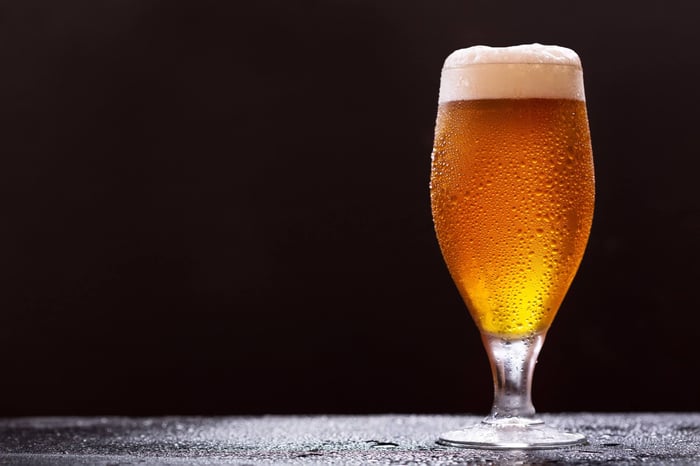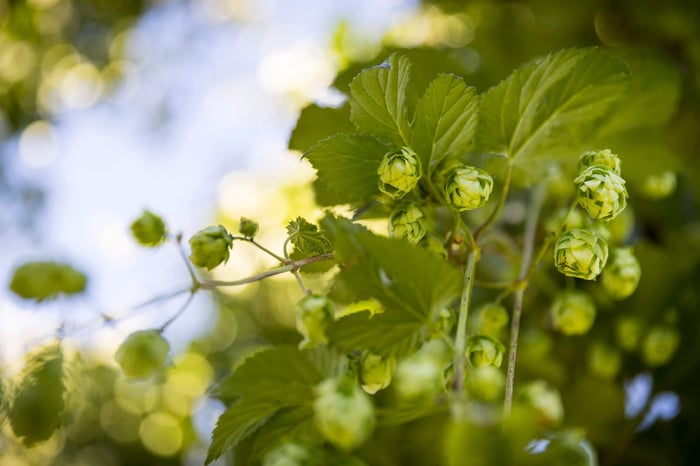Fermentation transforms simple wort into the complex, flavourful beers we cherish across Europe's diverse brewing traditions. Whether you're crafting a crisp German lager or a robust Belgian ale, understanding this biological process will elevate your brewing to new heights.
The Science Behind the Magic
At its core, fermentation is elegantly simple: yeast cells consume sugars in your wort, producing ethyl alcohol and carbon dioxide. This ancient process, perfected over centuries of European brewing tradition, begins when you introduce yeast to your cooled wort.
Timing Your Fermentation: A Question of Patience
How long should fermentation take? This puzzles many beginning brewers, but here's the reality – the yeast determines the schedule, not us. Our role is creating optimal conditions for these microscopic workers to perform their best.
Key factors influencing fermentation duration:
- Yeast strain characteristics
- Temperature management
- Wort composition and gravity
- Environmental conditions
Temperature Control: The Cornerstone of Quality
European brewers have long understood that temperature control separates exceptional beer from merely adequate brews. Each yeast strain possesses an optimal temperature range where it produces the cleanest flavours and most efficient fermentation.
Professional approach: Target the lower-middle portion of your yeast's temperature range. For example, with a range of 18-22°C, maintain 19-20°C for optimal results.
Temperature Effects on Fermentation
Higher temperatures (especially beyond recommended ranges) often produce:
- Increased ester formation
- Higher alcohol notes
- Potential off-flavours
- Accelerated fermentation
Lower temperatures may result in:
- Slower fermentation rates
- Cleaner flavour profiles
- Risk of stuck fermentation
- Extended timelines
Special consideration: Traditional styles like German weissbiers and Belgian saisons often benefit from more complex temperature profiles, sometimes requiring step-wise temperature increases during fermentation.
Modern innovation: Kveik strains, rediscovered from Norwegian farmhouse traditions, thrive at temperatures exceeding 30°C whilst maintaining flavour clarity – revolutionising warm-climate brewing possibilities.
Determining Fermentation Completion
Many brewers mistakenly rely on airlock activity to gauge progress. Whilst entertaining to observe, airlocks only indicate CO2 release – fermentation may continue even when bubbling stops due to imperfect seals allowing gas to escape elsewhere.
Reliable measurement methods:
- Hydrometer readings for specific gravity
- Refractometer measurements (with alcohol correction)
- Consistent readings over 2-3 consecutive days
Post-Fermentation Conditioning
Once primary fermentation completes, allow your beer to rest. This conditioning period enables:
- Yeast flocculation and settling
- Flavour maturation
- Natural clarification
- Reduction of harsh notes
Temperature adjustment: Gradually reducing temperature aids yeast settling and improves beer clarity – a technique employed in traditional European lager production.
Secondary Fermentation: Modern Perspective
Traditional brewing wisdom once advocated transferring beer to secondary vessels post-primary fermentation. Contemporary understanding suggests this practice often introduces unnecessary risks:
- Oxidation exposure
- Contamination potential
- Flavour degradation
Current recommendation: Reserve secondary fermentation for processes requiring additional fermentation activity, such as natural carbonation or bottle conditioning.
Observing Fermentation Phases
Understanding fermentation phases helps brewers anticipate and troubleshoot their process:
Initial Phase: Adaptation (0-15 hours)
Yeast cells acclimatise to their new environment, absorbing essential nutrients like oxygen, minerals, and amino acids. Minimal visible activity occurs during this crucial preparation period.
Active Phase: Exponential Growth (4 hours – 4 days)
Rapid yeast reproduction creates the characteristic krausen – a proteinaceous foam indicating healthy fermentation. Significant CO2 production begins, creating vigorous airlock activity and gentle wort circulation from metabolic heat generation.
Maturation Phase: Flavour Development (3-10 days)
Primary sugar consumption completes as yeast begins processing more complex compounds. The krausen evolves from creamy white to yellow-brown, incorporating precipitated proteins and hop compounds. Yeast cells begin absorbing undesirable compounds like diacetyl and higher alcohols, converting them into more pleasant flavour molecules.
Finishing Phase: Clarification (several weeks)
Yeast activity diminishes significantly as nutrient availability decreases. Cells begin flocculating and settling, allowing the beer to clarify naturally whilst flavours mature and balance develops.
Advanced Considerations
Different European brewing traditions offer various approaches to fermentation management. Belgian brewers often embrace warmer fermentation temperatures for ester development, whilst German lager traditions emphasise cool, controlled conditions for clean profiles.
Understanding these regional variations enhances your ability to recreate authentic European beer styles in your own brewery.
Continuing Your Brewing Journey
Mastering fermentation requires both knowledge and experience. Each batch teaches valuable lessons about yeast behaviour and flavour development. Consider exploring our detailed guides on [LINK: beer packaging methods] and [LINK: advanced temperature control] to complete your brewing education.
Questions about your fermentation process? Our brewing community spans across Europe, and we're always eager to share knowledge. Contact us for personalised brewing assistance.
Grainfather Team









